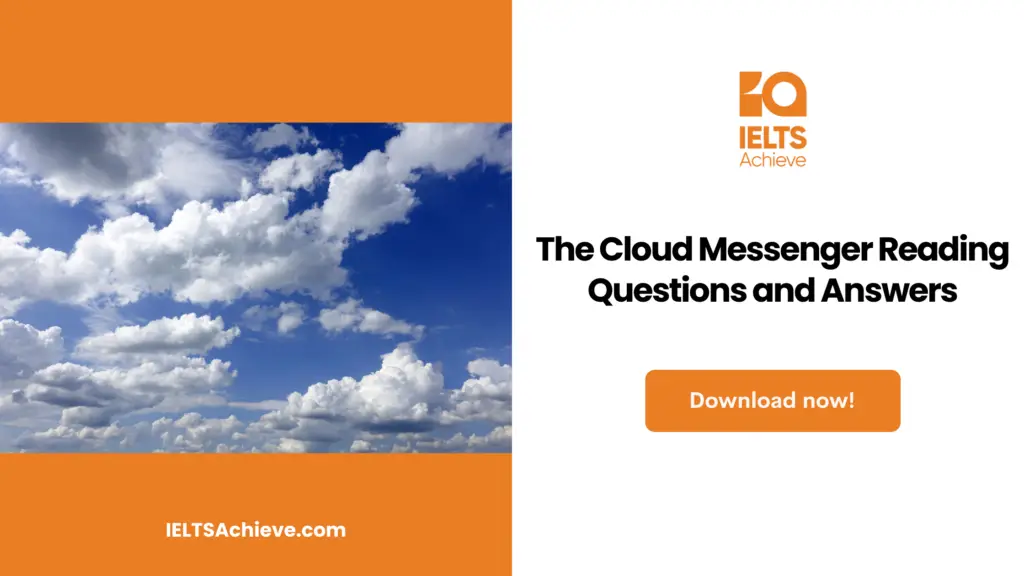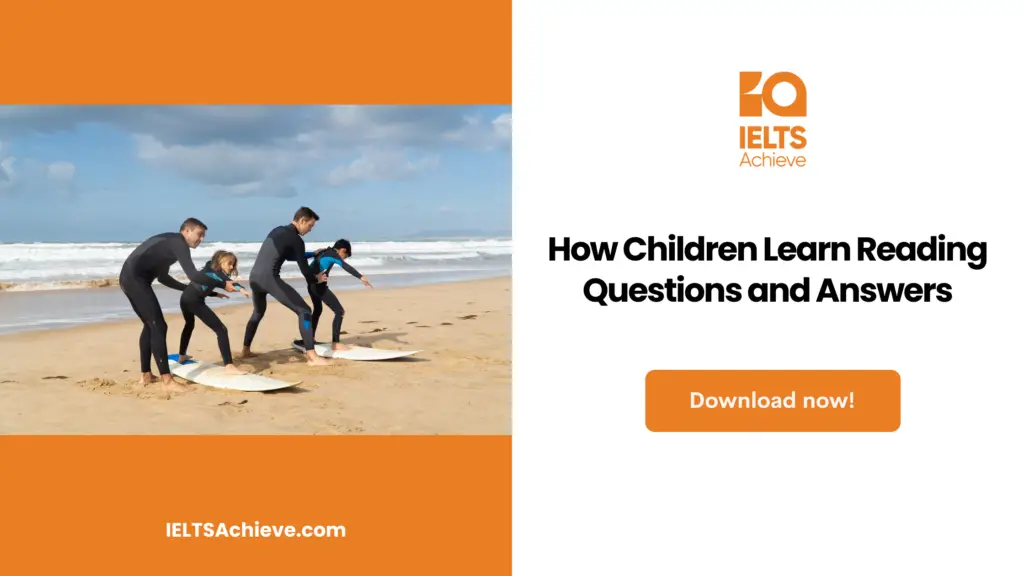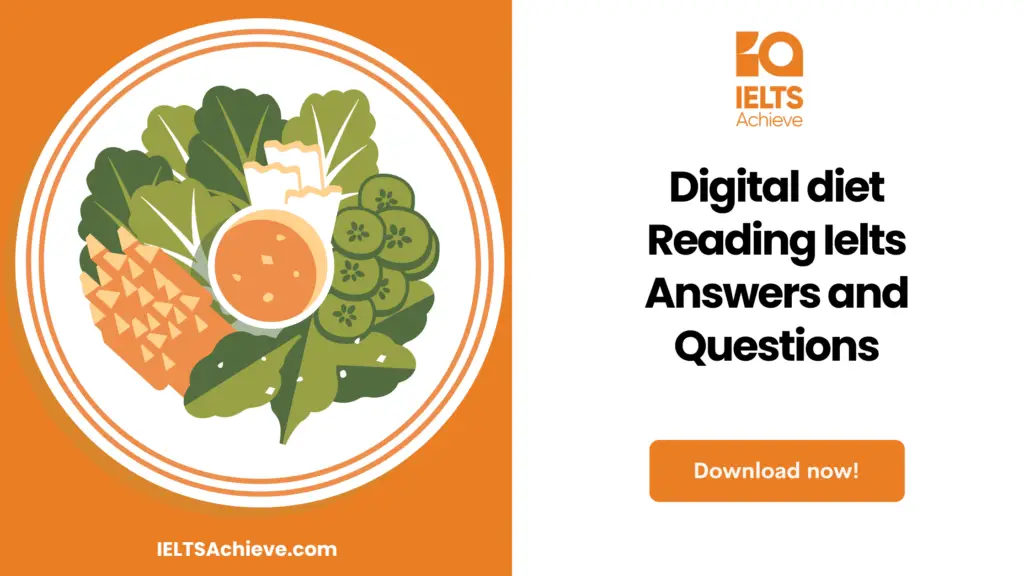The Blog post contains the following IELTS Reading Questions:
- IELTS reading Matching Headings
- IELTS reading Diagram completion
- IELTS reading Matching Information
Stay informed and prepared for success – Explore our comprehensive Reading Test Info page to get valuable insights, exam format details, and expert tips for mastering the IELTS Reading section.
IELTS Reading Passage – The Cloud Messenger

The Cloud Messenger
Luke Howard had been speaking for nearly an hour, during which time his audience had found itself in a state of gradually mounting excitement. By the time that he reached the concluding words of his address, the Plough Court laboratory was in an uproar. Everyone in the audience had recognized the importance of what they had just heard, and all were in a mood to have it confirmed aloud by their friends and neighbours in the room. Over the course of the past hour, they had been introduced not only to new explanations of the formation and lifespan of clouds, but also to a poetic new terminology: ‘Cirrus’, ‘Stratus’, ‘Cumulus’, ‘Nimbus’, and the other names, too, the names of intermediate compounds and modified forms, whose differences were based on altitude, air temperature and the shaping powers of upward radiation. There was much that needed to be taken on board.
Clouds, as everyone in the room would already have known, were staging posts in the rise and fall of water as it made its way on endless compensating journeys between the earth and the fruitful sky. Yet the nature of the means of their exact construction remained a mystery to most observers who, on the whole, were still in thrall to the vesicular or ‘bubble’ theory that had dominated meteorological thinking for the better part of a century. The earlier speculations, in all their strangeness, had mostly been forgotten or were treated as historical curiosities to be glanced at, derided and then abandoned. Howard, however, was adamant that clouds were formed from actual solid drops of water and ice, condensed from their vaporous forms by the fall in temperature which they encountered as they ascended through the rapidly cooling lower atmosphere. Balloon pioneers during the 1780s had continued just how cold it could get up in the realm of the clouds: the temperature fell some 6.5″C for every thousand meters they ascended. By the time the middle of a major cumulus cloud had been reached, the temperature would have dropped to below freezing, while the oxygen concentration of the air would be starting to thin choir dangerously. That was what the balloonists meant by ‘dizzy heights’.
Howard was not, of course, the first to insist that clouds were best understood as entities with physical properties of their own, obeying the same essential laws which governed the rest of the natural world (with one or two interesting anomalies: water, after all, is a very strange material). It had long been accepted by many of the more scientifically minded that clouds, despite their distance and their seeming intangibility, should be studied and apprehended like any other objects in creation.
There was more, however, and better. Luke Howard also claimed that there was a fixed and constant number of basic cloud types, and this number was not (as the audience might have anticipated) in the hundreds or the thousands, like the teeming clouds themselves, with each as individual as a thumbprint. Had this been the case, it would render them both unclassifiable and unaccountable; just so many stains upon the sky. Howard’s claim, on the contrary, was that there were just three basic families of cloud, into which every one of the thousands of ambiguous forms could be categorized with certainty. The clouds obeyed a system and, once recognized in outline, their basic forms would be ‘as distinguishable from each other as a tree from a hill, or the latter from a lake’, for each displayed the simplest possible visual characteristics.
The names which Howard devised or they were designed to convey a descriptive sense of each cloud type’s outward characteristics (a practice derived from the usual procedures of natural history classification) and were taken from the Latin, for ease of adoption by the learned of different nations’: Cirrus (from the Latin for fibre or hair), Cumulus (from the Latin for heap or pile) and Stratus (from the Latin for layer or sheet). Clouds were thus divided into tendrils, heaps and layers: the three formations at the heart of their design. Howard then went on to name four other cloud types, all of which were either modifications or aggregates of the three major families of formation. Clouds continually unite, pass into one another and disperse, but always in recognizable stages. The rain cloud Nimbus, for example (from the Latin for cloud), was, according to Howard, a rainy combination of all three types, although Nimbus was reclassified as nimbostratus by meteorologists in 1932, by which time the science of rain had developed beyond all recognition.
The modification of clouds was a major new idea, and what struck the audience most vividly about it was its elegant and powerful fittingness. All of what they had just heard seemed so clear and so self-evident. Some must have wondered how it was that no one – not even in antiquity – had named or graded the clouds before, or if they had, why their efforts had left no trace in the language. How could it be that the task had been waiting for Howard, who had succeeded in wringing a kind of exactitude from out of the vaporous clouds? Their forms, though shapeless and unresolved, had, at last, it seemed, been securely grasped. Howard had given a set of names to a radical fluidity and impermanence that seemed every bit as magical, to that first audience, as the Eskimo’s fabled vocabulary of snow.
Unlock your full potential in the IELTS Reading section – Visit our IELTS Reading Practice Question Answer page now!
Recommended Questions:
Renewable Energy IELTS Reading Question with Answer
Questions
Questions 27-32
You need to choose the correct heading for each paragraph from the list of headings bellow.
Write the correct number i-x in the boxes 27-32 on your answer sheet.
The lists of headings are as follows
i. An easily understood system
ii. Doubts dismissed
iii. Not a totally unconventional view
iv. Theories compared
v. A momentous occasion
vi. A controversial use of terminology
vii. Initial confusion
viii. Previous beliefs replaced
ix. More straightforward than expected
x. An obvious thing to do
Ready to conquer Matching Headings questions? Click here to learn essential tips and techniques for matching headings accurately to paragraphs or sections in the IELTS Reading section.
Questions 33-36
Write your answers in boxes 33-36 on your sheet.

Ready to tackle Diagram Label Completion tasks with confidence? Click here to access our comprehensive guide and learn how to accurately label parts or components of diagrams in the IELTS Reading section.
Questions 37-40
Reading Passage has 3 has six paragraphs.
Which paragraph contains the following information?
Write the correct letter A-F in boxes 37-40 on your answer sheet.
NB: You may use any letter more than once.
37. An example of modification made to work done by Howard.
38. A comparison between Howard’s work and another classification system.
39. A reference to the fact that Howard presented a very large amount of information.
40. An assumption is that the audience asked themselves a question.
Master the art of matching information and boost your score in the IELTS Reading section. Click here to access our step-by-step guide on handling Matching Information questions effectively.
Unlock your full potential in the IELTS Reading section – Visit our IELTS Reading Practice Question Answer page now!
Recommended Questions:
Renewable Energy IELTS Reading Question with Answer
Answers for The Cloud Messenger
27. Answer: E
28. Answer: H
29. Answer: C
30. Answer: I
31. Answer: A
32. Answer: J
33. Answer: DIZZY HEIGHTS
34. Answer: MAJOR CUMULUS CLOUD
35. Answer: OXYGEN
36. Answer: 6.5° CELSIUS, 1000 METERS
37. Answer: E
38. Answer: F
39. Answer: A
40. Answer: F

We hope you found this post useful in helping you to study for the IELTS Test. If you have any questions please let us know in the comments below or on the Facebook page.
The best way to keep up to date with posts like this is to like us on Facebook, then follow us on Instagram and Pinterest. If you need help preparing for the IELTS Test, join the IELTS Achieve Academy and see how we can assist you to achieve your desired band score. We offer an essay correction service, mock exams and online courses.

